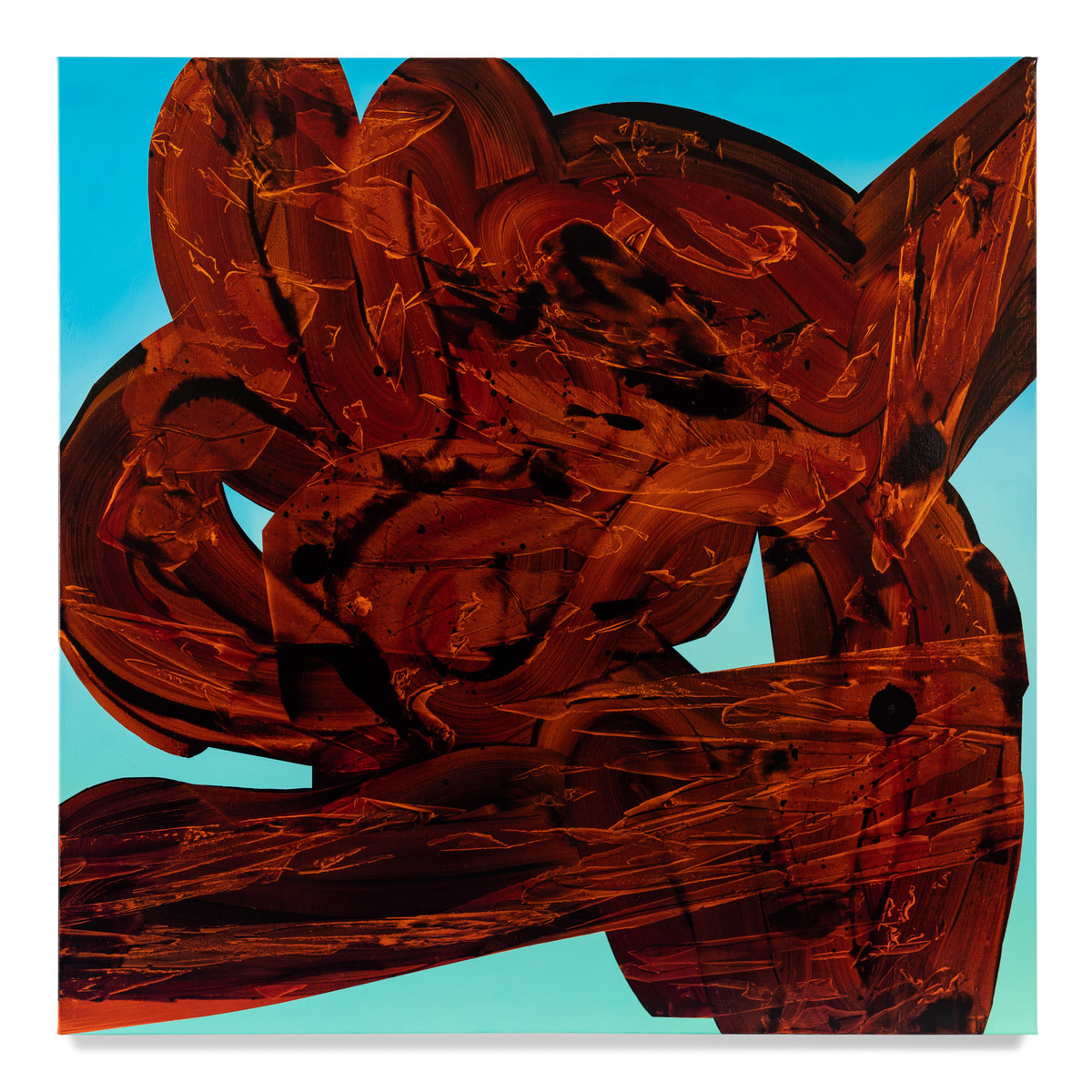Impossible Depth
Nicola Scott
Onespace Gallery
2022
Nicola Scott’s paintings are smart, seductive and discreetly subversive. Scott is adept at arresting our gaze and does so with educated sophistication, foregoing easy dopamine hits and novelty in favour of engaging optical play. A graduate of fine art and a student of psychology, Scott’s sensitivity to perception is palpable and, like all skilled visual artists, she is particularly savvy to the wants and needs of the eye. Her paintings braid elements from both art and science, elucidating the lively conversation between the two disciplines about the complex nature of seeing.
On a more fundamental level, Scott knows the neurobiology involved. Processing visual information is heavy lifting for the brain; approximately two-thirds of brain activity is devoted to vision and a great deal of slight-of-hand is involved. Scott is fascinated by the fundamental mechanisms of visual perception and makes light work of these slippery sensory phenomena. A vivid palette of translucent colour seems to hover preternaturally above the picture plane, while gritty excavations suggest subterranean depths. Through a variety of formal strategies, Scott renders subtle optical illusions which allow us to slow down and contemplate the act of seeing in real-time. Viewing Scott’s paintings is a thoroughly embodied affair, coaxing us out of language and thinking, back to bare sensation.
Scott’s work affirms the enduring relevance of abstraction and minimalism. Over the years, she has sharpened her focus on the art historical lineage that her work continues. Her manipulation of light, shape and colour echoes earlier investigations into visual perception found in the works of Sonia and Robert Delauney and Josef Albers. Her oscillation between flamboyantly saturated and almost monochromatic hues brings to mind the variegated colouration of works by Paul Klee. An emerging preoccupation with richly textured black squares makes reference to Kasimir Malevich. However, by remaining loose in technique, they allow room for interpretation, placing them in closer relationship to the abstract black-and white photographs of Aaron Siskind than to suprematism.
Dynamic and capricious applications of paint—pouring, scraping, brushing, imprinting—demonstrate Scott’s love of experimentation and offers a nod to the innovative energy of the generation that preceded her. Although charged with history, Scott’s paintings are firmly rooted in the present moment and afford a multitude of contemporary metaphors and juxtapositions. The organic and synthetic vie for our attention; machine-like precision belies the tactile alchemy of painting; austere geometry gives way to spirited gesture; truncated space is patronised by the gravitational pull of inky darkness.
Her work raises an eyebrow at grand narratives and embraces ambiguity. Through dedicated practice and probing, Scott has cultivated an imaging system which exaggerates the dubious and subjective nature of vision.
As we become evermore immersed in the uncharted waters of technological mediation and the
accelerating verisimilitude of screen-based experience, Scott’s paintings offer us a timely reminder of how vulnerable we are to deception. However, in highlighting sensory fallibility, Scott invites us to stay with the trouble and find agency in patient observation and good-humoured curiosity.

Nicola Scott
Chimera #2
2022